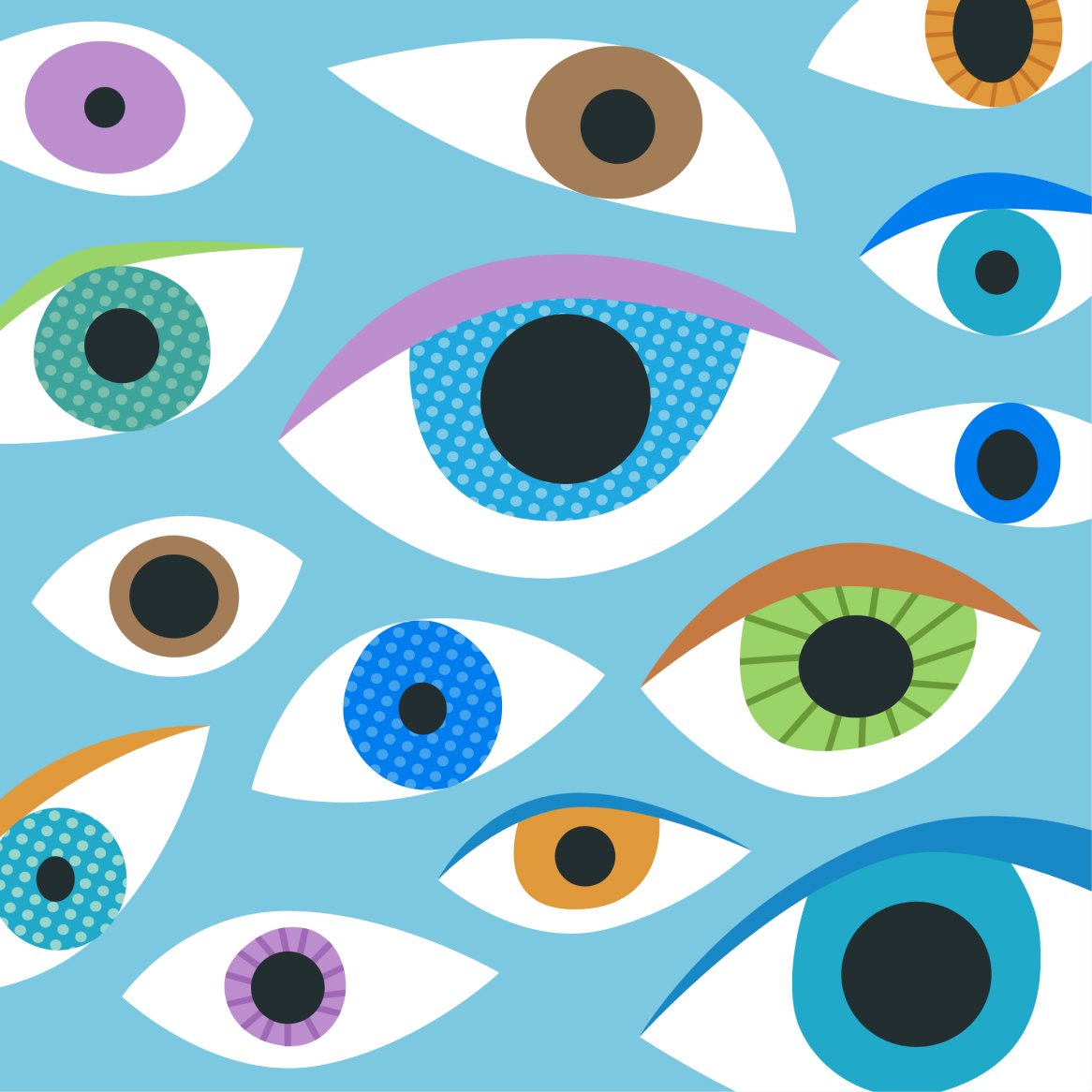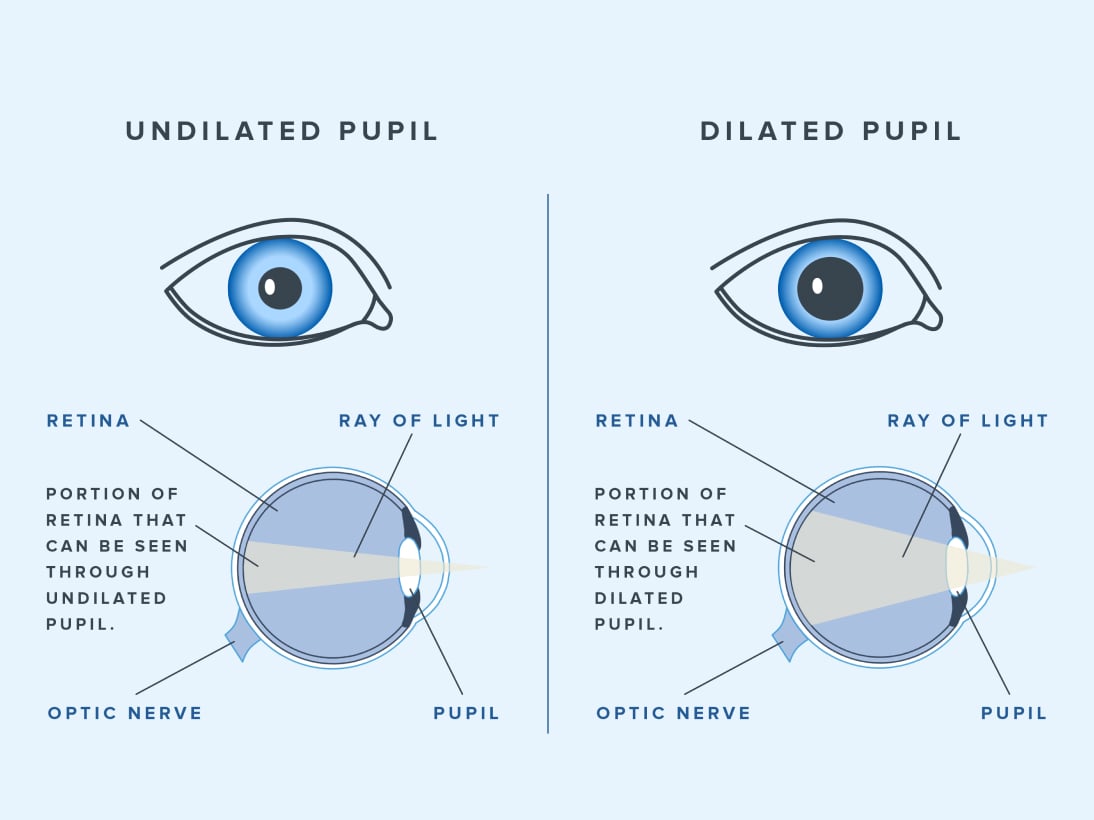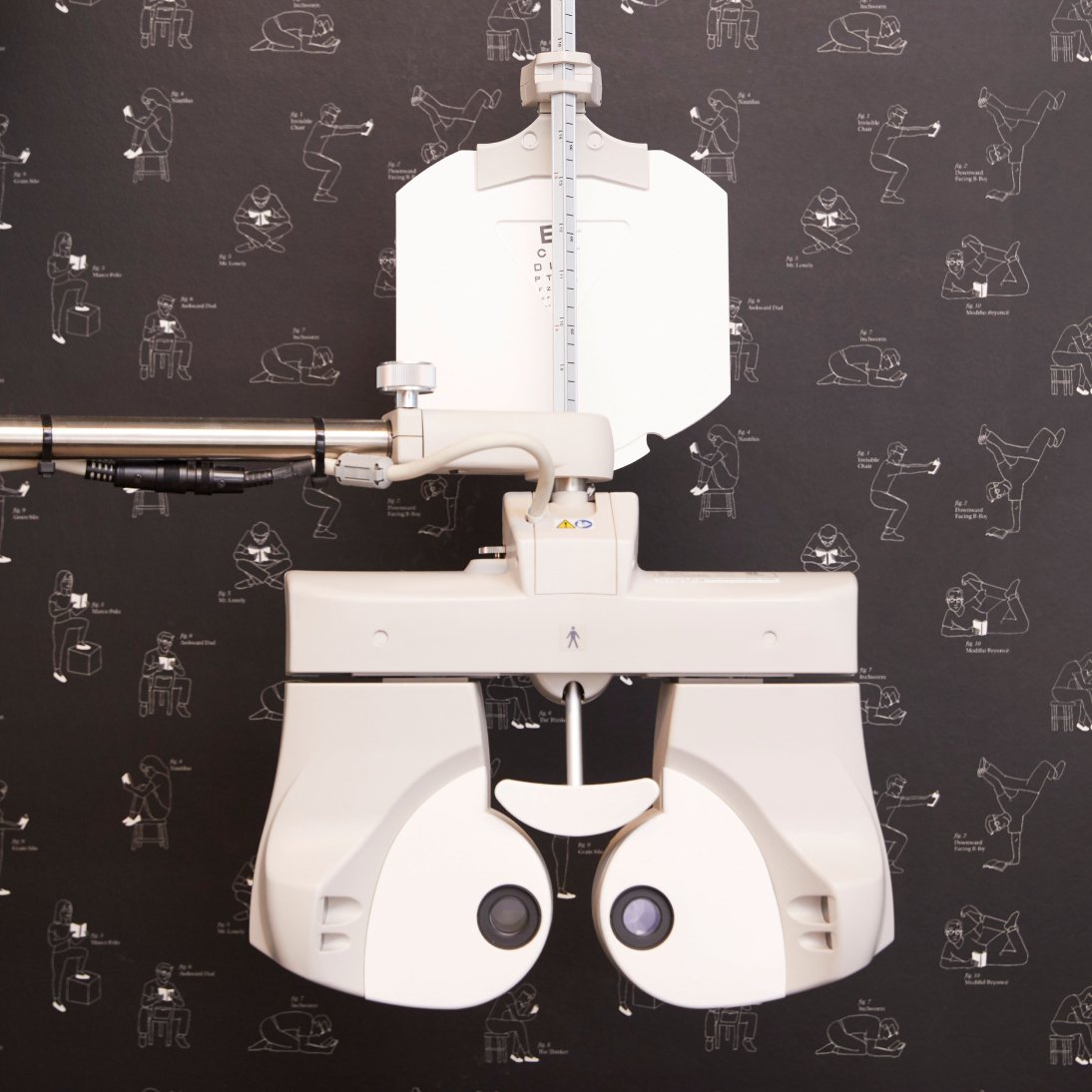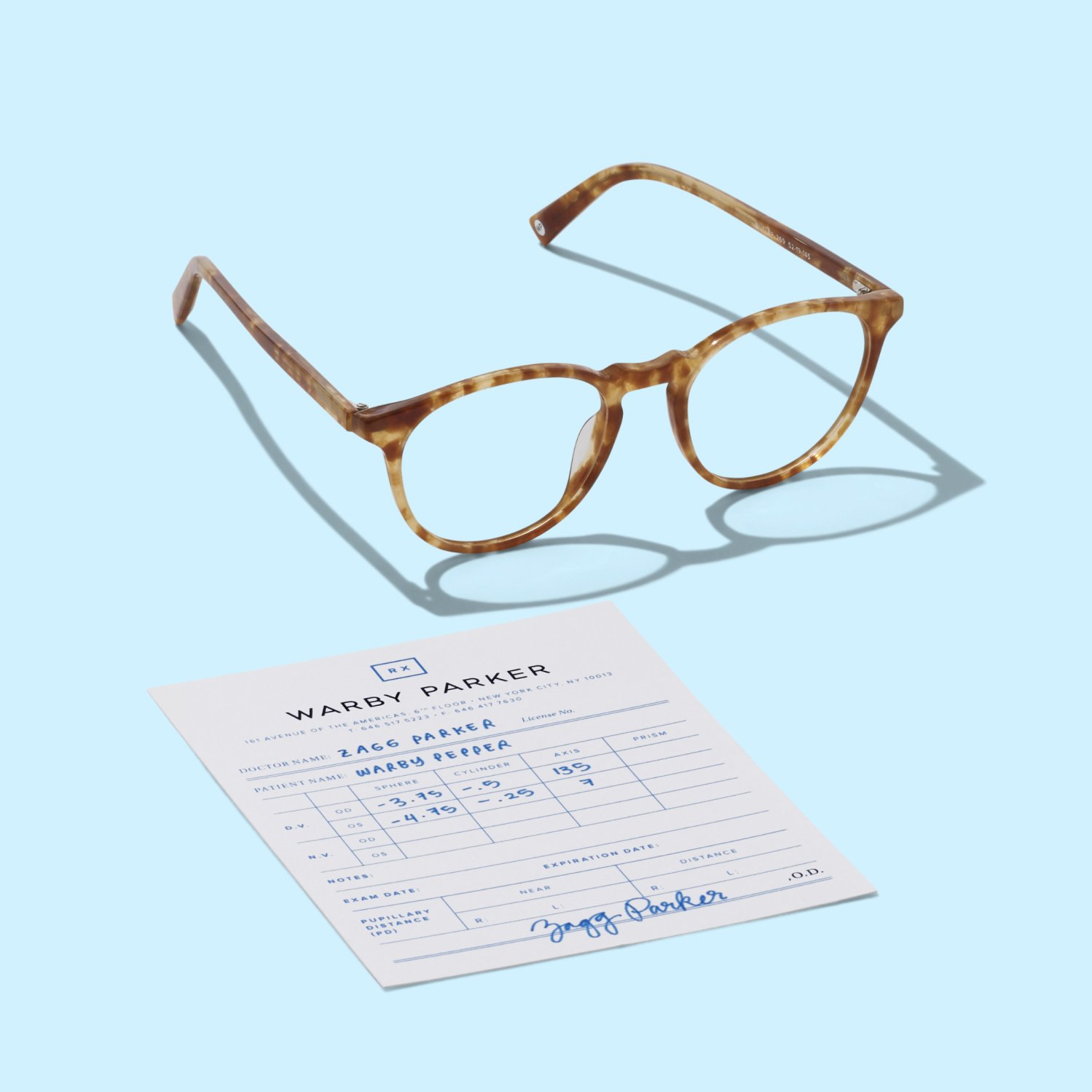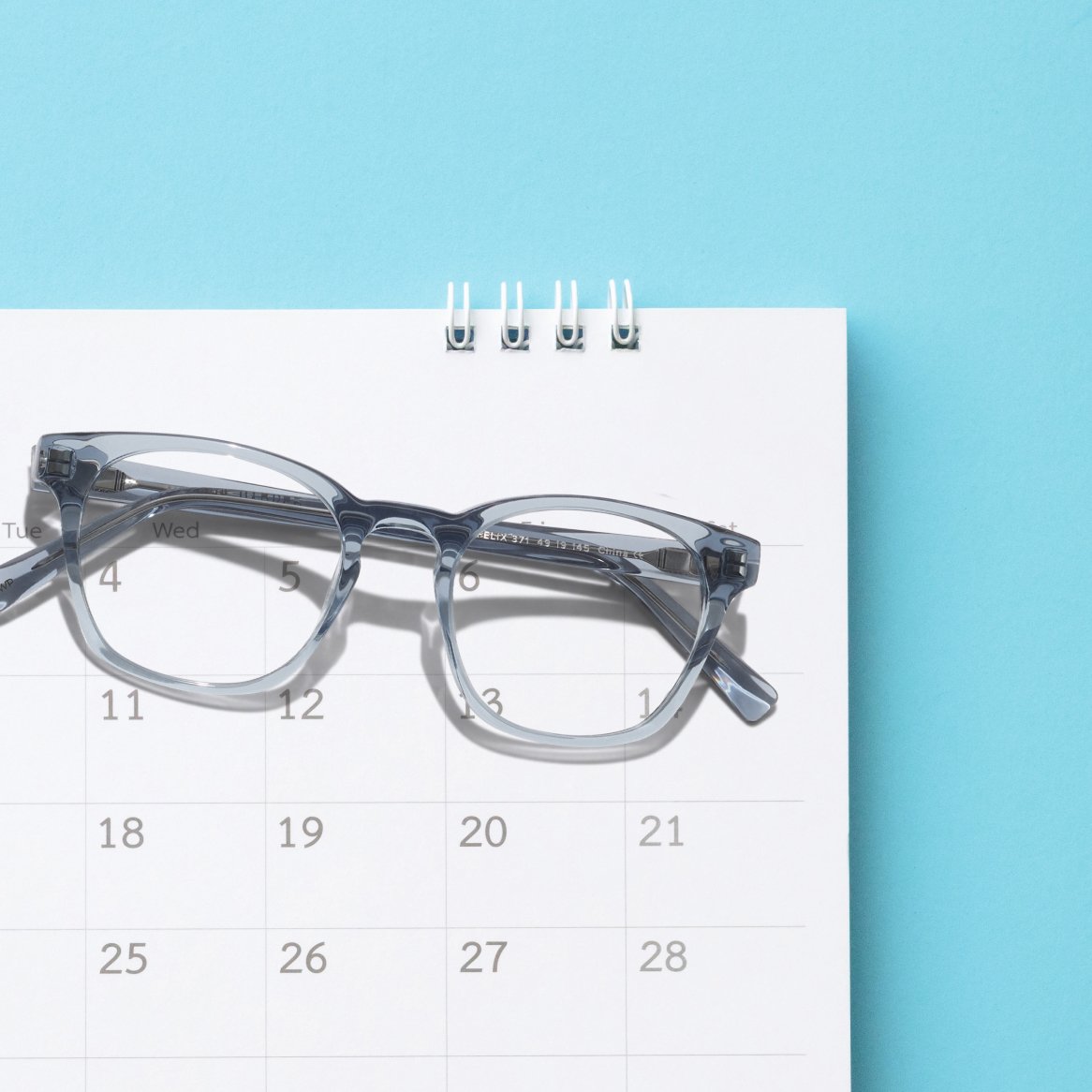When an optometrist dilates your eyes, it can take a while to wear off—usually between 4 to 24 hours. During that time, your vision may be blurry, and your eyes will be quite sensitive to light. How long these effects last depends on the condition of your eyes and the strength of the dilating drops administered.
Let’s look closer at the reasoning behind dilating your eyes, how long it takes for dilation to wear off, and what you should and shouldn’t do after your eyes have been dilated.
What Is a Dilated Eye Exam?
A dilated eye exam is part of the health assessment that an optometrist or an ophthalmologist typically performs during a comprehensive eye exam. Dilating the eyes makes the pupil larger to allow the doctor to view the back of the eye more easily. They’ll then check for any irregularities or problems that affect the eye’s health and the patient’s vision.
How Does Pupil Dilation Work?
Typically, your pupil regulates how much light enters your eye. It gets smaller when light increases and opens when light decreases. But the pupil itself doesn’t grow or shrink—its size is controlled by the muscles in the iris (the colored part of your eye) that encircles it.
To dilate your pupils, the optometrist will place dilating eye drops into your eyes. These drops contain a chemical that keeps your iris from making your pupil smaller. The eye doctor typically uses two types of dilating drops during this process—one makes the pupil larger, and the other relaxes the muscles in the eye that help you focus. These both allow the optometrist a wider “window” to look through.
It takes between 20 to 30 minutes for the pupils to dilate. Once the eyes are dilated, your eye doctor will examine the interior of your eye using an optical microscope (a lighted microscope built specifically for examining eyes). It creates a magnified image for the optometrist so they can better see the surface of your retina.
Why Do You Need a Dilated Eye Exam?
Dilation is important because it helps eye doctors identify eye issues that are challenging to see otherwise. In particular, it increases the optometrist’s ability to see the retina. They can then look for signs of eye disorders and diseases such as diabetic retinopathy, retinal detachment, glaucoma, cataracts, and age-related macular degeneration.
Dilation can be a crucial part of your check-up because if these eye conditions go untreated, they can negatively affect your vision and even lead to blindness.
How Long Do Eyes Stay Dilated?
It typically takes around 4 to 24 hours for eye dilation to wear off completely. This duration varies depending on a few factors, which include the following:
- Eye color: The effects of eye dilation usually last longer on lighter-colored eyes, such as blue or green ones, than on darker-colored eyes. This is because darker irises contain more pigment, which can bind to the drops and reduce the reaction.
- Type of eye drop: Like with any other medication, the kind of drop used and its strength will impact how long your eyes will be affected.
- Age: The eye muscles responsible for focusing are stronger in young children than in adults. Therefore, kids need a more potent dilating eye drop, which can cause their eyes to remain dilated for 24 hours or even longer.
Are There Side Effects to Eye Dilation?
Yes. When you get your eyes dilated, there are several side effects that you may experience. Here are some of the most common:
- Light sensitivity (your pupils can’t get smaller, so they let in too much light for comfort)
- Blurry vision and trouble focusing on close objects
- A slight stinging and/or burning sensation from the drops
How To Make Eye Dilation Go Away Faster
As irritating as some of the side effects may be, there’s nothing you can do to make eye dilation wear off faster. Don’t panic—it will go away in a relatively short time.
So, what should you do? Wait it out. It’s best to avoid tasks that require a lot of reading and focus. However, if your side effects don’t subside after a day, contact your eye doctor to determine the next steps.
What Not To Do After Eye Dilation
When your pupils are dilated, your vision will be temporarily impaired. Let’s go over some helpful dos and don’ts for after your exam ends.
Don’t Drive
Optometrists get this question often: Can you drive with dilated eyes? Since the eye dilation exam can cause blurry vision and eye sensitivity, we really don’t recommend driving afterward. Instead, bring someone to your appointment so they can give you a lift home.
Avoid the Sun
Because your pupils are wide open, sunlight can more easily get into your eyes and cause UV damage after a dilated eye exam. Avoid being in the sun if you can, but if you must spend time outdoors, wear sunglasses to protect your peepers!
Don’t Look at Digital Screens
Another common question in our digital age: Can I use my phone after eye dilation? It may not be the most comfortable thing to do, as we tend to hold our devices at a close distance.
Since close-up text usually requires our eyes to focus and we’re unable to do so after a dilation, things may appear quite blurry. It might be best to wait for the dilation effects to wear off slightly before using your phone or other electronic device.
When Should You Start Getting Your Eyes Dilated?
It’s recommended that everyone get a dilated eye exam yearly, as part of their annual comprehensive exam. If you have a history of eye disease, your optometrist may require you to follow up more frequently with dilation exams.
The Effects of Eye Dilation Are Only Temporary
Getting your eyes dilated can seem like a nuisance. But the effects are only temporary, and the benefits are well worth it from a health standpoint. If you’re overdue to get your pupils dilated, book an eye exam today.

